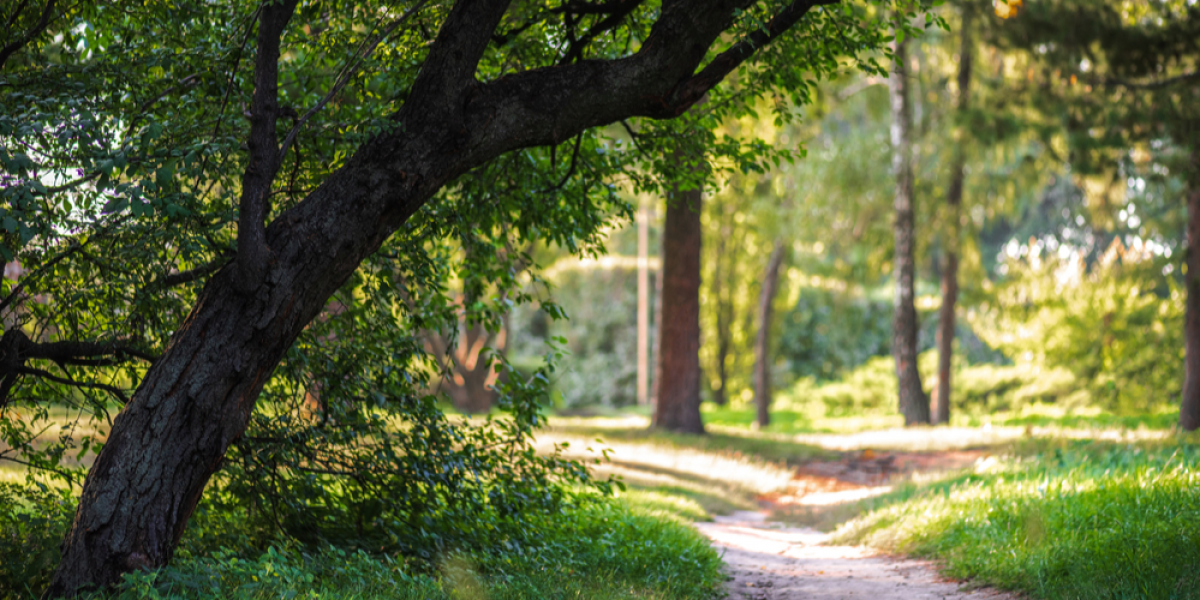Trees: With trees all around, neighborhoods tend to look a lot livelier, but trees can also offer advantages beyond a vibrant appearance.
Here are a few considerations for planting a tree in your yard.
Climate system
Regardless of where you reside, some trees can assist with heating or cooling.
In addition, trees are recognized for producing oxygen.
They serve the following purposes, which greatly aid in reducing the electricity bill:
- Effective wind blocks
- Reduce sunlight hitting home and cooling equipment
- Strategically letting light in during fall and winter.
The University of Minnesota Landscape Arboretum’s director, Peter Moe, said:
“Planting trees can save homeowners money on utilities when they’re planted correctly.”
“Deciduous trees are a great fit for homeowners because they shade homes during the summer, but allow sunlight to reach the home after the leaves drop in the fall.”
“Evergreen trees planted on the northwest side of a home can block cold winter winds.”
The idea of tree-based energy efficiency is also explored in a report this year that was published in the Energy and Building journal.
According to the author, two trees placed properly can reduce heating energy use by up to 40% and cooling energy use by up to 18% during heat waves.
Wildlife shelter
Not only does the presence of trees enhance the beauty of the environment, but they also draw different animals.
Interior designer and certified naturalist, Sarah Barnard from California, said:
“Increased wildlife can offer the joys of birdwatching, which can be a pleasurable daily experience,” said Barnard.
“Some trees can attract butterflies, like oak trees, which draw California sister, dusky wing, and hairstreak butterflies, among others.”
Animals can locate safer locations to nurse their young and hunt for food by planting trees.
“Homeowners who want to support wildlife should try to plant a diverse mix of trees because many birds, animals, and insects have specific and preferred host plants,” said Moe.
“If you’re just getting started, oaks are good host plants as they provide food, shelter, and nesting spaces for more species of birds, animals, and insects than any other group of trees.”
Read also: The Best Way To Minimize Damages And Handle Fire Accidents Caused by Hurricanes In New York
Impact on flood damage
The ability of trees to help keep lawns from washing away after heavy rains are one of the most essential advantages of planting trees at home.
Trees also have a rapid rate of water absorption.
Solar Panels Network USA’s founder, Alan Duncan, frequently includes trees in residential energy efficiency plans.
“Trees can help regulate water flow by allowing rainwater to be absorbed into the ground instead of flowing away with runoff,” said Duncan.
“This helps to recharge our groundwater supplies, reduce flooding and soil erosion, and can even improve water quality.”
Planting a tree
Digging a hole and dropping a stick can seem simple, but planting a tree is far more complicated.
When planting, you must take into account the tree you choose and the planting location.
Evergreen Hardscaping & Tree Care’s president in Delaware, Scott Berry, stated:
“The best placement for a tree depends on the specimen and its growth rate and growing habits.”
“You wouldn’t want to plant a white oak five feet from your foundation wall,” he added.
“Plant larger trees further from the structure – at least 20 to 30 feet if possible – and smaller ornamental trees much closer to the home.”
Where the roots and shoots will grow is another thing to consider.
For instance, putting underground or above-ground utilities in a particular yard area runs the risk of the tree’s growth, causing damage to pipes and lines.
“When choosing a planting location, homeowners have to consider the mature size of the tree as well as below-ground and overhead utilities,” said Moe.
“You also want your trees to fit into your home landscape design and you’ll have to consider where shade is desired at specific times of the day.”
“For example, would you like a shady patio in the late afternoon or a sunny one?”
A tree needs space to grow when it is planted.
Although there is a traditional solution for bad placement called topping, in which the tree’s top is significantly cut, experts don’t advise it.
“When maintaining trees after planting, one thing to keep in mind is to avoid topping them,” offered Sarah Barnard.
“It may irrevocably damage or harm trees, as the reduced leaf surface area makes it harder for the tree to produce food, creates more areas of direct sun exposure, and offers openings for diseases and infestations.”
Read also: 8 Easiest Ways to Learn Guitar
Tree selection
When picking a tree, there are several factors to take into account, such as:
- How much space is there for growth
- What problems to solve
- Wildlife housing
- Improving indoor climate efficiency
- Where it can put down roots without causing a power outage
Although there are countless potential trees, only a select few stand out in the landscape.
“Oak trees tend to be great for this, but they can grow quite large,” said Berry.
“Tulip poplars are also good selections, as well as certain species of maples.”
“There are a lot of options, but keep in mind they will all have their own special challenges when it comes to how and when they shed leaves and seeds.”
Reference:











